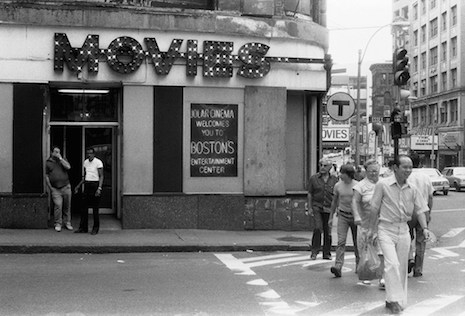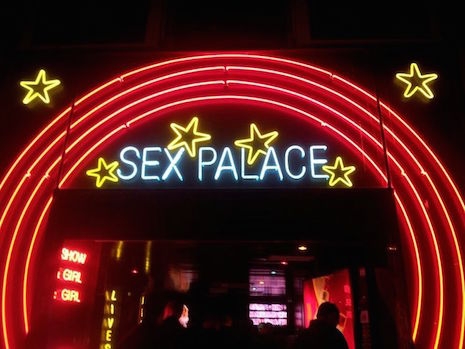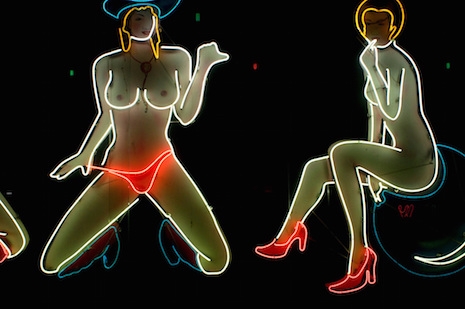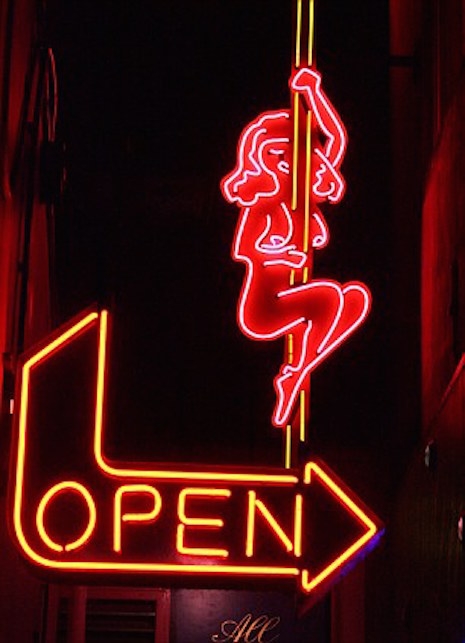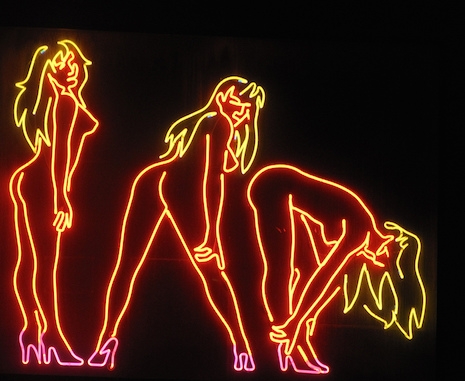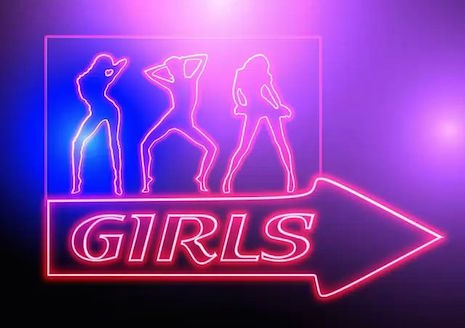
The kids thought the old man creepy. He had spidery legs, walked funny and was kinda misshapen. They told the younger kids he was a murderer, a weirdo and you don’t ever wanna go near his house. The grownups that knew him thought him a miser, a strange one, or that retired guy who’s always taking pictures. He had been a photographer—worked as a commercial photographer taking photos of ships, machines, or whatever the heck he was paid to shoot. Now he walked around New Orleans trying to take pictures with one of those newfangled hand cameras.
His name was E. J. Bellocq—John Ernest Joseph Bellocq. Nobody knew very much about him. He was a quiet man, kept himself to himself—which always sounds like the kind of thing said by neighbors after they find out they were living next door to a particularly nasty serial killer. Bellocq was no serial killer—but he did have a secret life that only came to light after his death in 1949.
In amongst his personal effects were about ninety glass plate photographs stored in his desk. These pictures were portraits of prostitutes from the red light district of Storyville circa 1912. They were portraits—often featuring the same women posed on chairs or standing in rooms where they worked their trade as prostitutes. Bellocq must have had a close—if not intimate—relationship with these women in order to gain their trust and have them pose so willingly. Portrait photography is a work of collaboration. These women are posing as they want to be seen—wearing furs or prized clothes, smiling with a pet dog, lying like one of Henri Matisse’s odalisques, or playing cards. The images are considered and composed. Other than that, we know very little about E. J. Bellocq and the women he photographed.
What we do learn is the historical conditions—the quality of rooms and brothels—these prostitutes lived and worked in around the turn of the last century in New Orleans. The rest we can imagine or fictionalize—as Louis Malle infamously did with his film (inspired by a song) of Bellocq’s relationship with an underage prostitute in Pretty Baby.
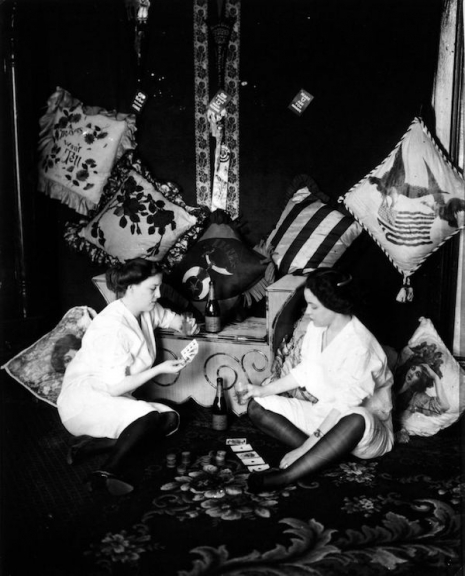
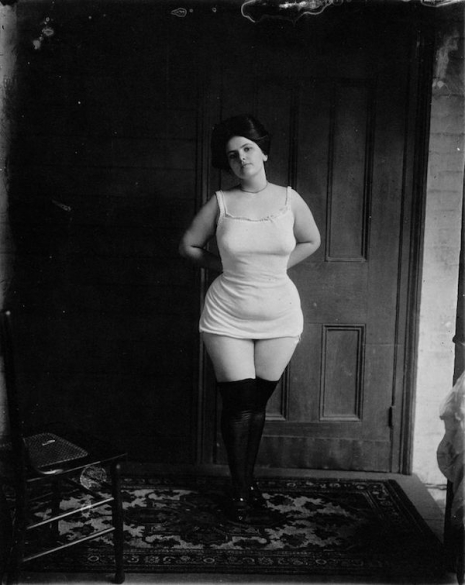
More of Bellocq’s photos of New Orleans prostitutes, after the jump…









